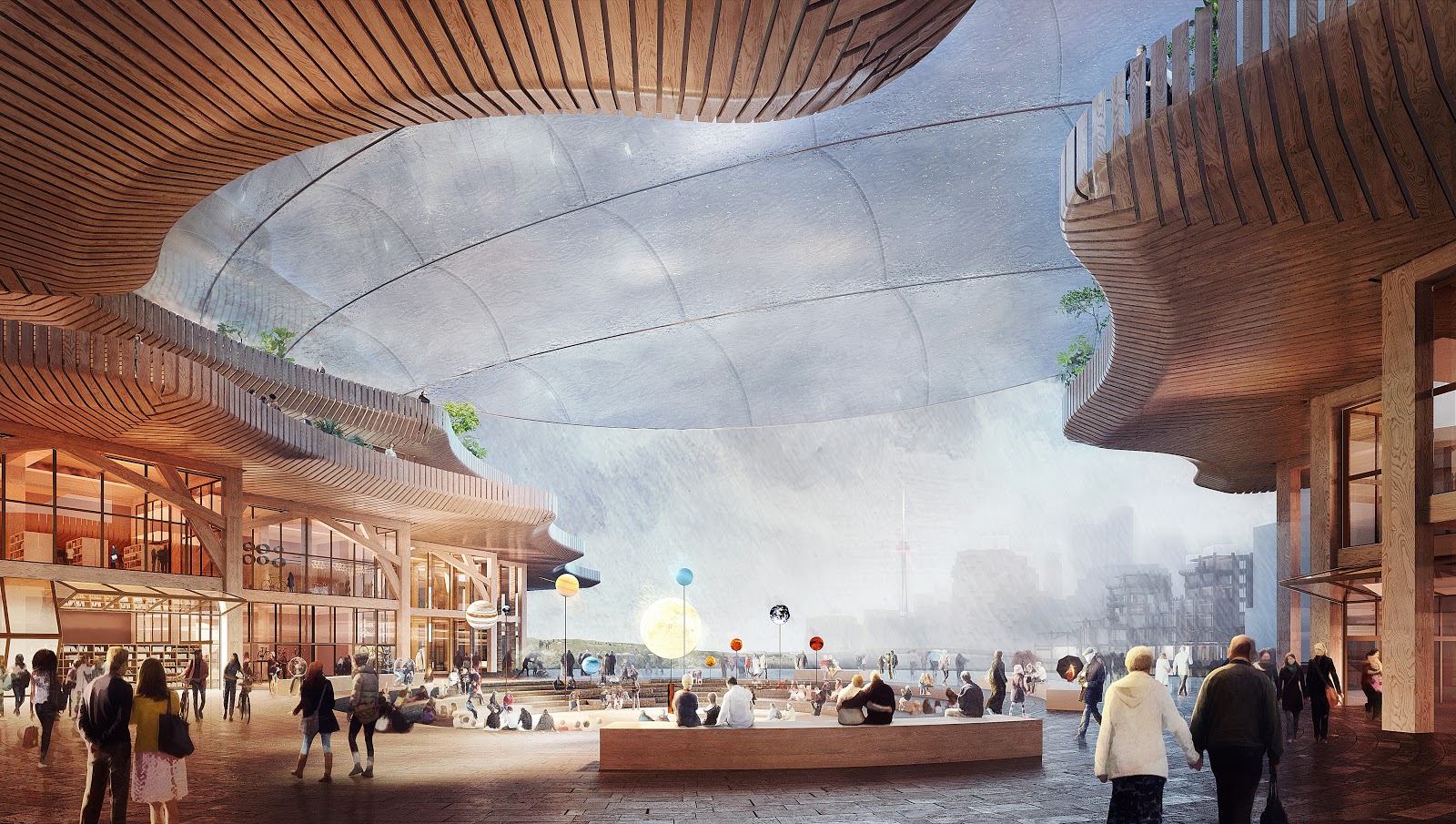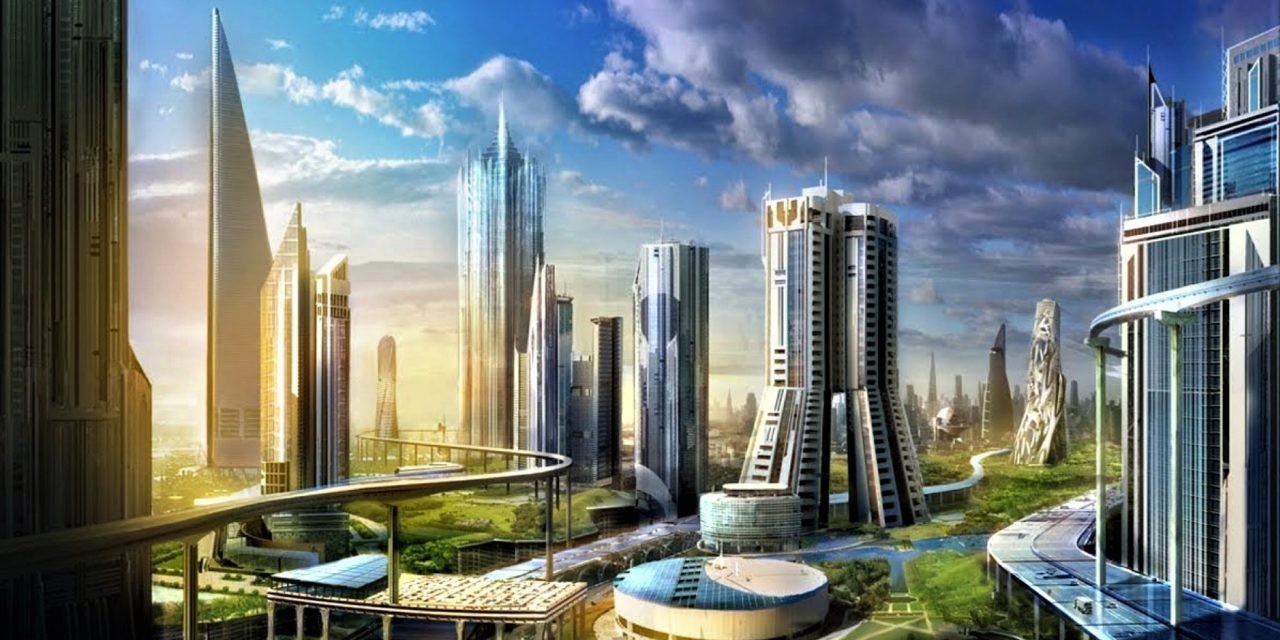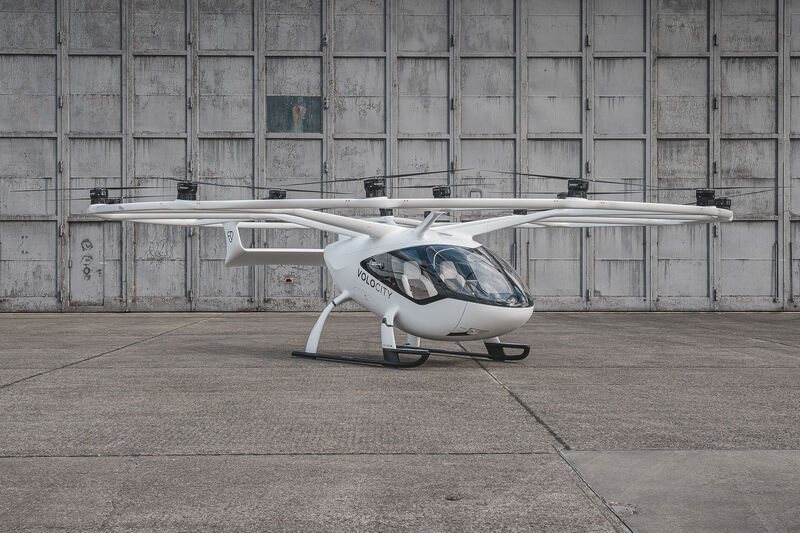
This week, Daniel L. Doctoroff announced that he’s stepping down from his role of CEO at Sidewalk Labs due to serious health conditions. Sidewalk has been limping along since the end of the Quayside project. Now, starting next year, Sidewalk products Pebble, Mesa, Delve, and Affordable Electrification will join Google, becoming core to Google’s urban sustainability product efforts.
The founders started Sidewalk Labs with good intentions, but it exemplifies how manufactured smart cities fail.
The sordid history of Sidewalk Labs
In 2017, Sidewalk Labs announced plans for a high-tech neighborhood in Toronto called Quayside. Planned for Toronto’s waterfront, it focused on “environmental sustainability, affordability, mobility, and economic opportunity.”

It promised much: dedicated lanes for driverless vehicles, infrastructure for green vehicles, real-time parking information and technology, affordable housing, technology to curb pollution. Local data collecting technology would aid city planning and development processes.
The challenge was Sidewalk Labs’ ownership by Alphabet, the parent company of Google. Local activists vociferously questioned who would own the data collected, whether it’d be sold to third parties, and what it would mean for their privacy.
In May 2020 the project was canceled. Sidewalk Labs CEO Daniel L. Doctoroff shared:
As unprecedented economic uncertainty has set in around the world and in the Toronto real estate market, it has become too difficult to make the 12-acre project financially viable without sacrificing core parts of the plan we had developed.
But it’s not the first effort to build a smart city
Manufactured smart cities are nothing new. Even Bill Gates paid $80 million in 2017 to purchase 24,000 acres, with plans to build a smart city outside of Buckeye in Arizona. However, since the purchase, news of progress has been quiet, and the Smart City Arizona website appears to have been hacked
But there are some notable examples of manufactured smart city progress:
Songdo (South Korea)
The city of Songdo in South Korea is the location for a $40 billion project, the Songdo International Business District, a purpose-built ‘smart city’ launched in 2002. In a city of 86 square kilometers, it aimed to eliminate cars, with 40 percent green space and the capacity for 80,000 apartments.

Sensors track building energy consumption. A central pneumatic waste disposal system eliminates the need for garbage pick up. Vehicle charging stations are plentiful, and bike paths span a total of 25km in Songdo
Part of the problem is the lack of local jobs, with most residents commuting to Seoul for employment. Five university campuses haven’t been enough to populate it, and it’ll need significant incentives for business residents to become all it aims to be.
Toyota Woven City (Mount Fuji, Japan)
Toyota Motor Co. announced the creation of Woven City at CES2020. Situated on a 175-acre site, Toyota aims to have 2,000 people living there full time, including families, retirees, Toyota researchers, and more.
The city plans include wooden buildings powered by hydrogen fuel cells. Photo-voltaic panels generate solar power on rooftops alongside power generated by hydrogen fuel cells.
Only fully autonomous, zero-emission vehicles are available. Autonomous Toyota e-Palettes will be used for transportation and deliveries, as well as for changeable mobile retail. In April, Woven Plant Holdings, a Toyota subsidiary focused on autonomous technology, acquired the self-driving division of Lyft for $500 million, suggesting they’ll use the city as a valuable testbed.

Ultimately, it looks like an interesting venture. It will be interesting to see how much of the cost falls onto Toyota and whether they can populate
it with enough interested people — I’m skeptical.
Will NEOM become a successful smart city?
However, the tide might be turning. Located in Tabuk in northwestern Saudi Arabia, NEOM is the vision of His Royal Highness Crown Prince Mohammed Bin Salman, who the US says ordered the killing of journalist Jamal Khashoggi… sorry Mohammed, you can’t order a killing and expect us to forget.
The creators of NEOM aim to create a living laboratory, including towns and cities, enterprise zones, research centers, sports and entertainment venues, and tourist destinations.

Ideas range from the strange to the bizarre, with planning documents leaked by The Wallstreet Journal in 20200 detailing blueprints for flying taxis, cloud seeding (to make it rain), glow in the dark sand, and an artificial moon.

The NEOM airport received classification as a commercial airport (still in development) in May 2020. NEOM has placed a confirmed order of 15 Volocopter aircraft to commence initial flight operations within 2-3 years.
Then, this week, NEOM this week announced the development of a world-scale green hydrogen-based ammonia production facility powered by renewable energy created by companies like ThyssenKrupp, ACWA Power, and Air Products.
It’s also recently announced a regional media hub integrating physical and technology-led production across film, television, games, and digital publishing.
However, the project is not without controversy due to efforts to oust the Howeitat tribe, traditional landowners, to make way for NEOM.
The problem with manufactured smart cities
Cities effectively funded and owned by corporations (or royal families) raise fundamental questions about citizen decision-making, democracy, and equity.
Building a smart city from scratch is a monumental task. It’s incredibly expensive, and requires significant buy-in from both public and private institutions.
Further, can you create a culture in a newly built city? Culture is about ephemeral things like music, art, nature, and public spaces. Can you plan for what people want?
Then, of course, you need a potential populace willing to move to somewhere new where technology promises to operate seamlessly in their lives, but may result in its citizens feeling like a test subject or, worse, victims of surveillance.
So far, no one’s really cracked it, and despite major advancements in technology over the years, we don’t seem much closer to a successful smart city yet.
Get the TNW newsletter
Get the most important tech news in your inbox each week.




